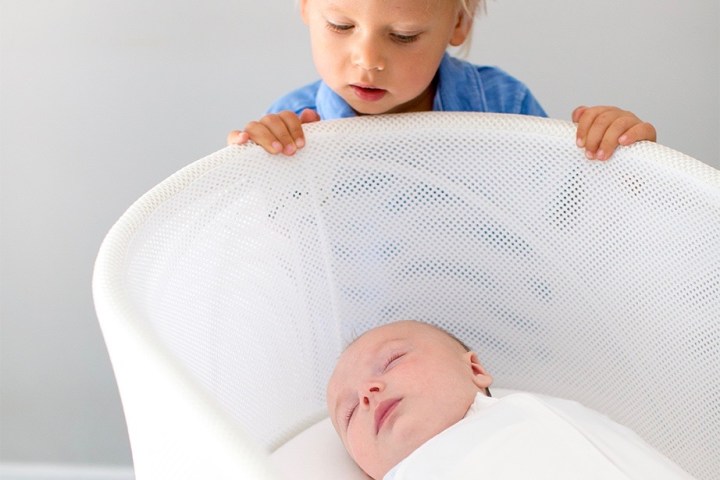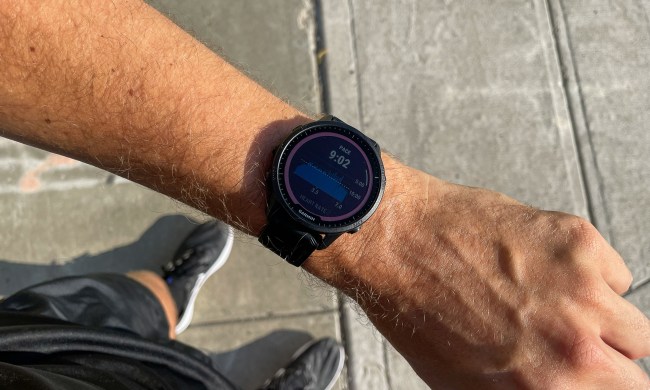
In an update to the pediatric rulebook that will make grandparents everywhere rejoice, the American Academy of Pediatrics has revised its previous stance on youngsters and screens. Since 1999, the official recommendation is that no one under two years of age should be looking at a screen — a smartphone, a tablet, a computer, you name it. But now, doctors have decided to loosen the regulations by just a hair. As per the updated guidelines, if you’re supervising the content, and the content is worthwhile, your baby can start staring at screens a bit earlier.
According to the AAP, infants younger than 18 months should still generally be kept away from these monitors, with the exception of live video chat. After all, are you really going to deny your friends and family the joy of seeing your bundle of joy via virtual visit? Doctors didn’t think so. In fact, NPR points out, there exists some observational research that babies as young as six months old can actually be emotionally engaged with friends or family members via FaceTime or Skype.
For your slightly older tykes (think 15 months to two years of age), there is a very small body of research that suggests that educational media just might be educational. The caveat, however, is that parents ought to be watching alongside their children, curating the experience by either pointing out the important parts, or repeating useful information. So if you can stomach an educational program made for a toddler and have the patience to relive it for them, then sure, have your baby watch TV. Otherwise, you might as well just read to the kid. In any case, the AAP now says that instead of avoiding all screens under age two you simply ought to “avoid solo media use in this age group.”
And as for your preschoolers (those between the ages of two and five), if they must watch television, they should probably be watching Sesame Workshop and PBS. But still, time in front of the television should be limited, and parents should be present. The AAP concludes, “Co-view with your children, help children understand what they are seeing, and help them apply what they learn to the world around them.”


